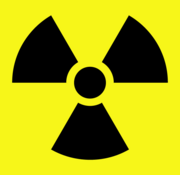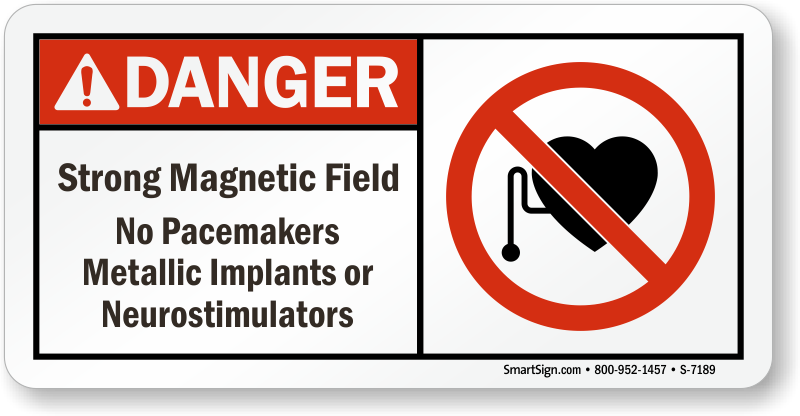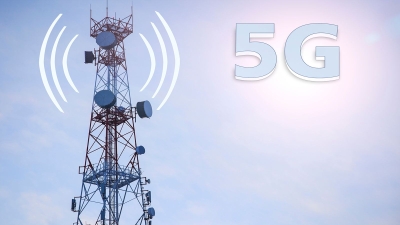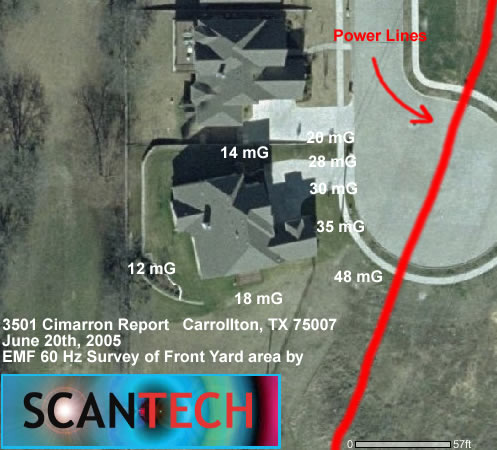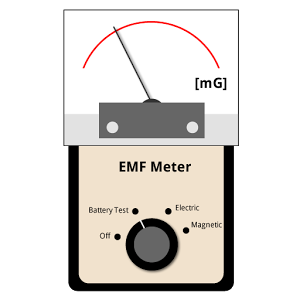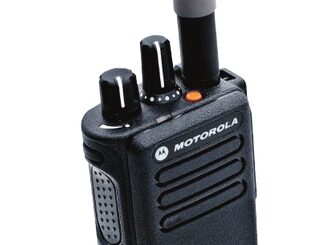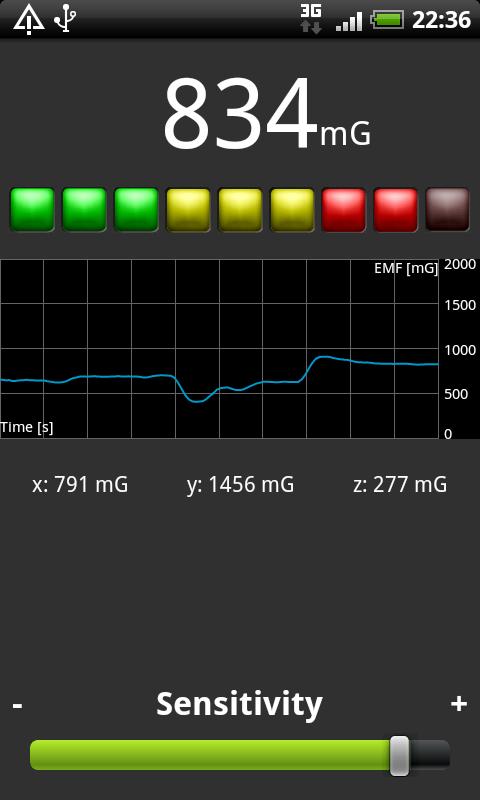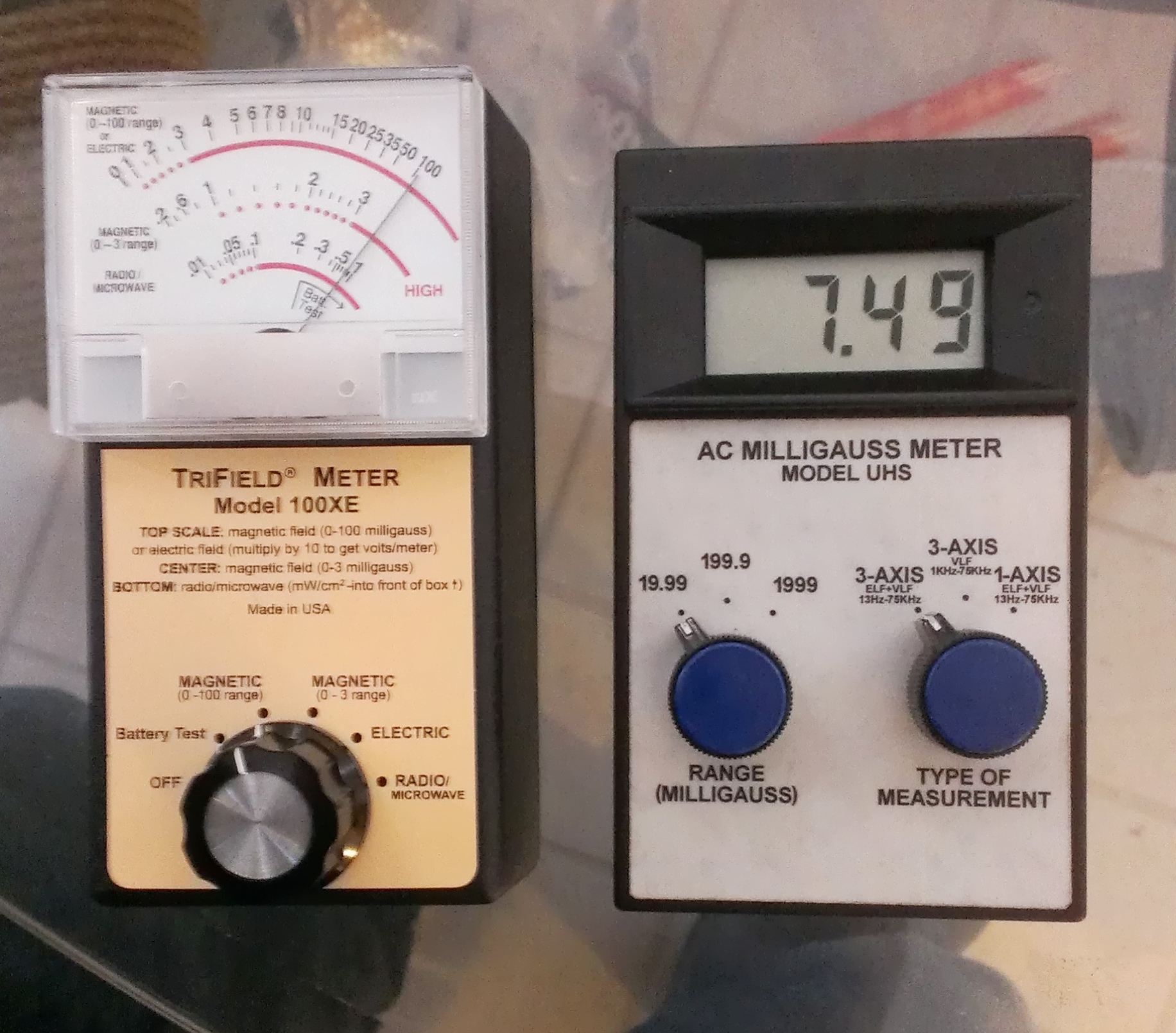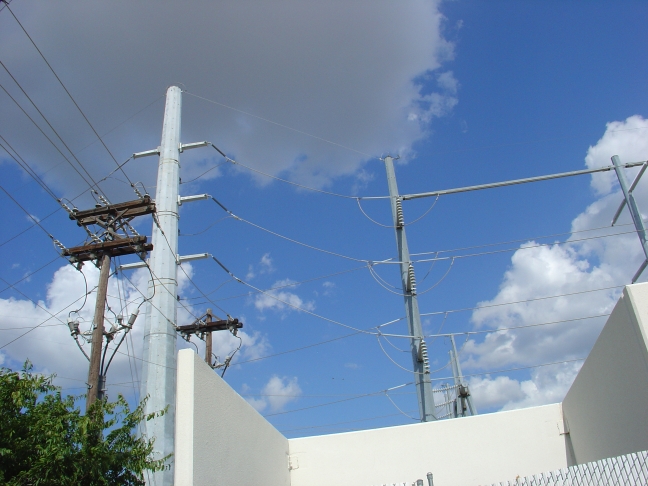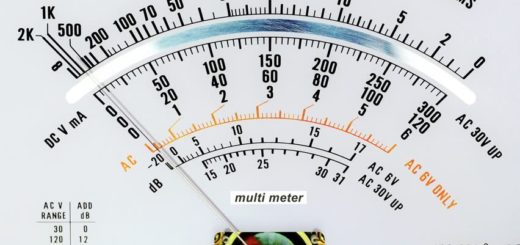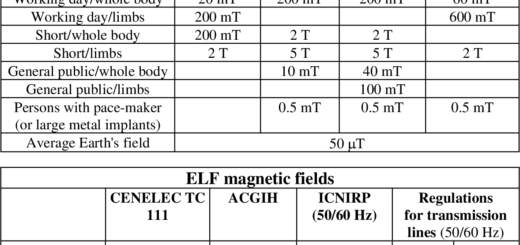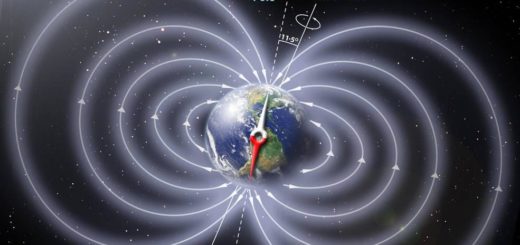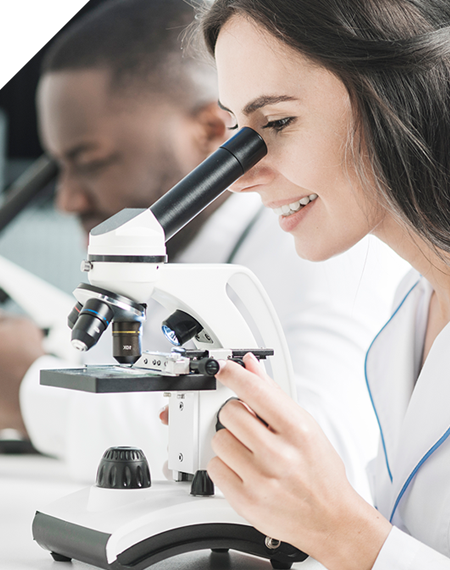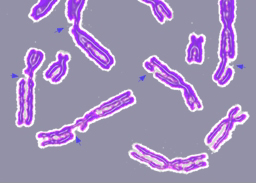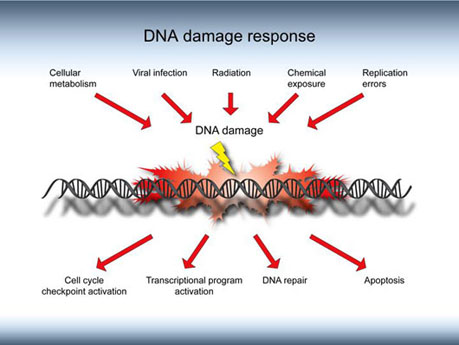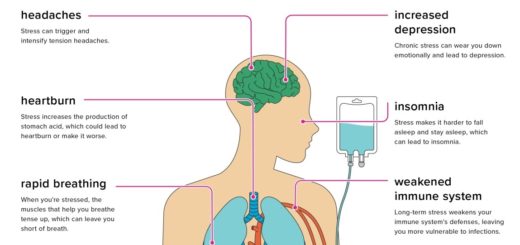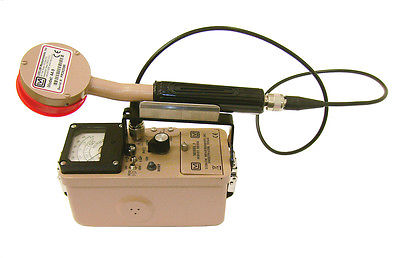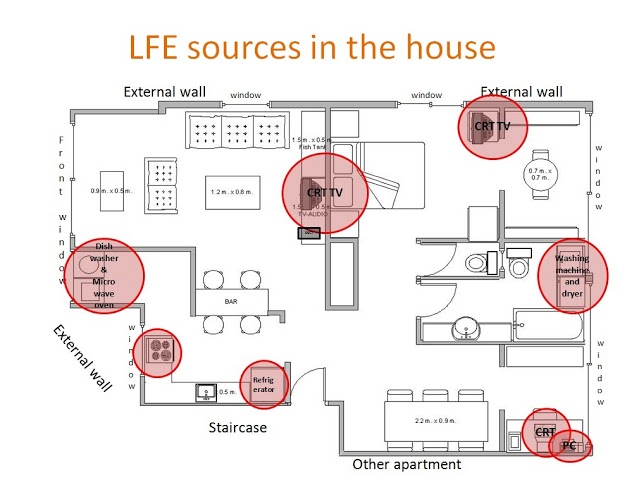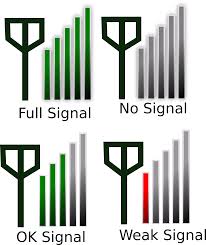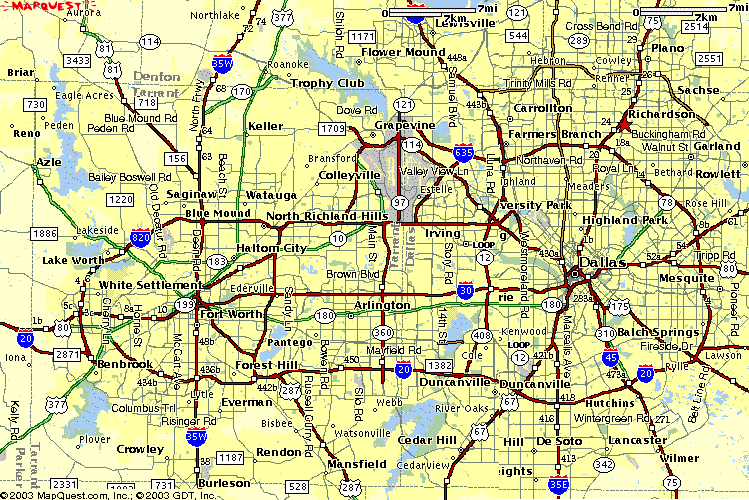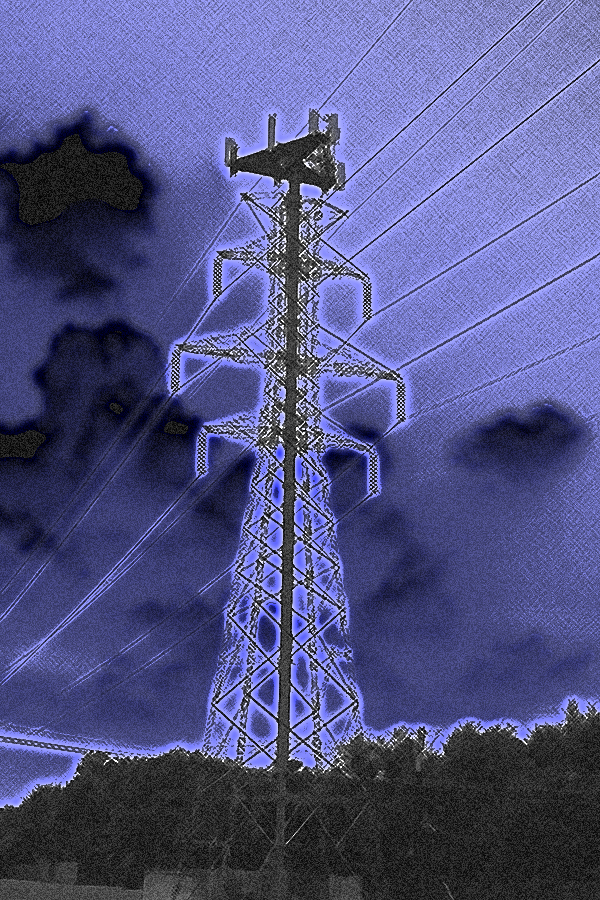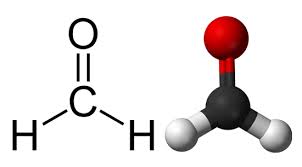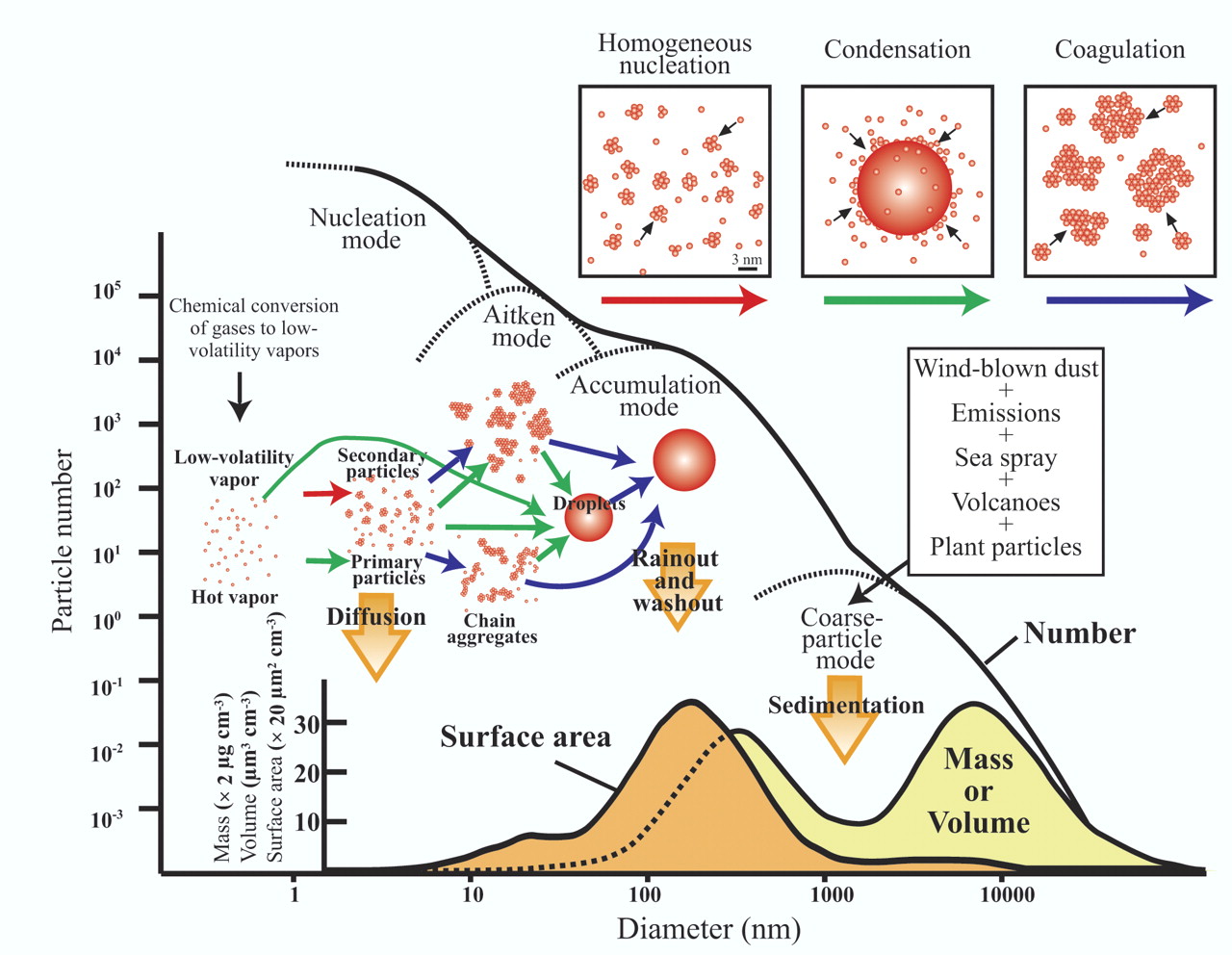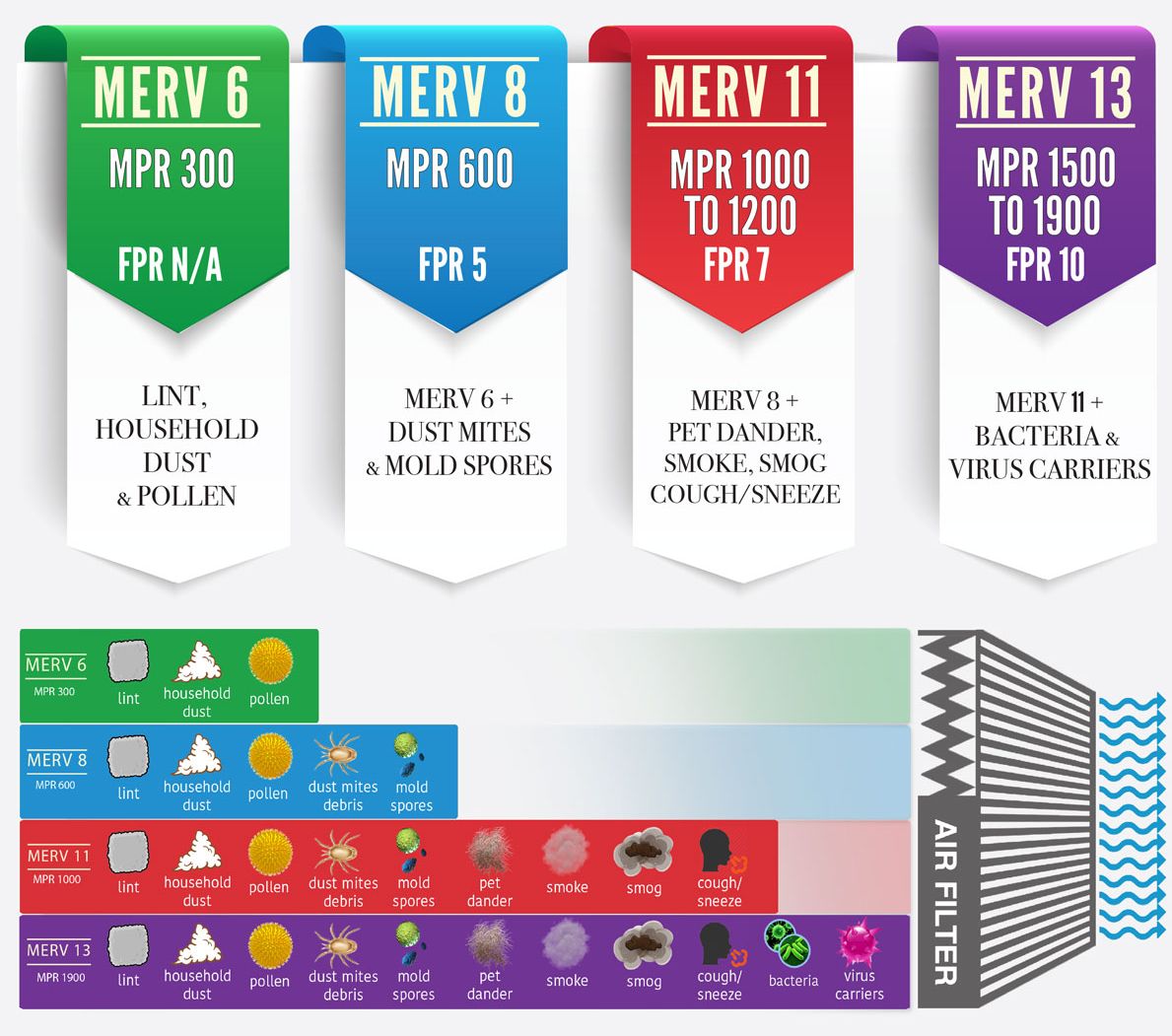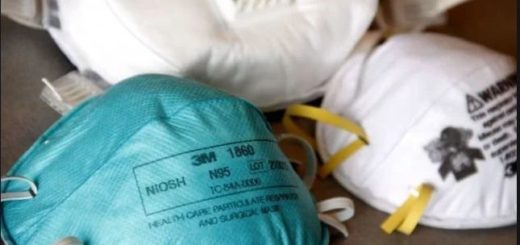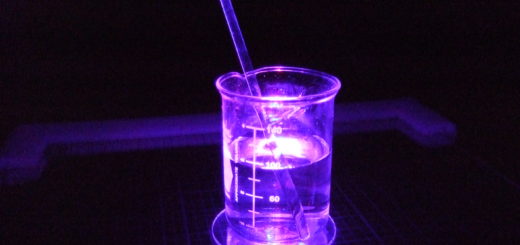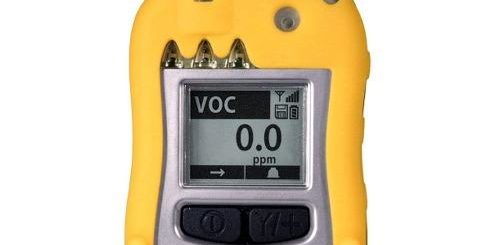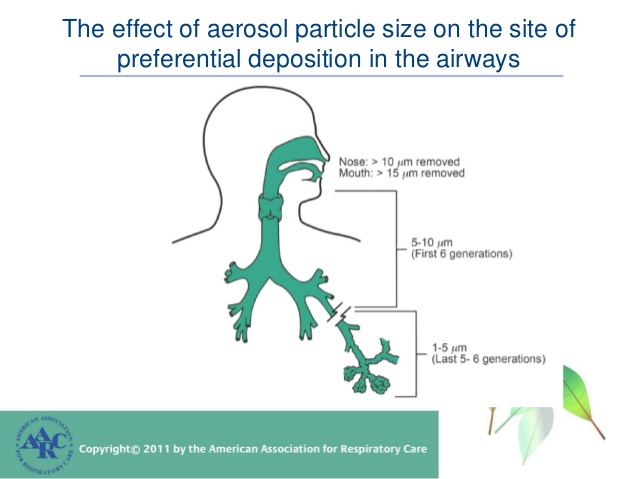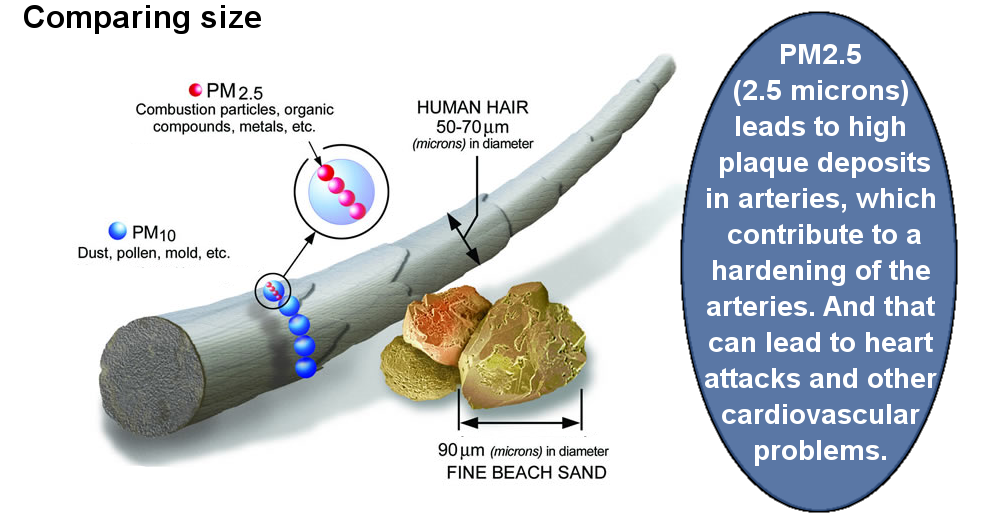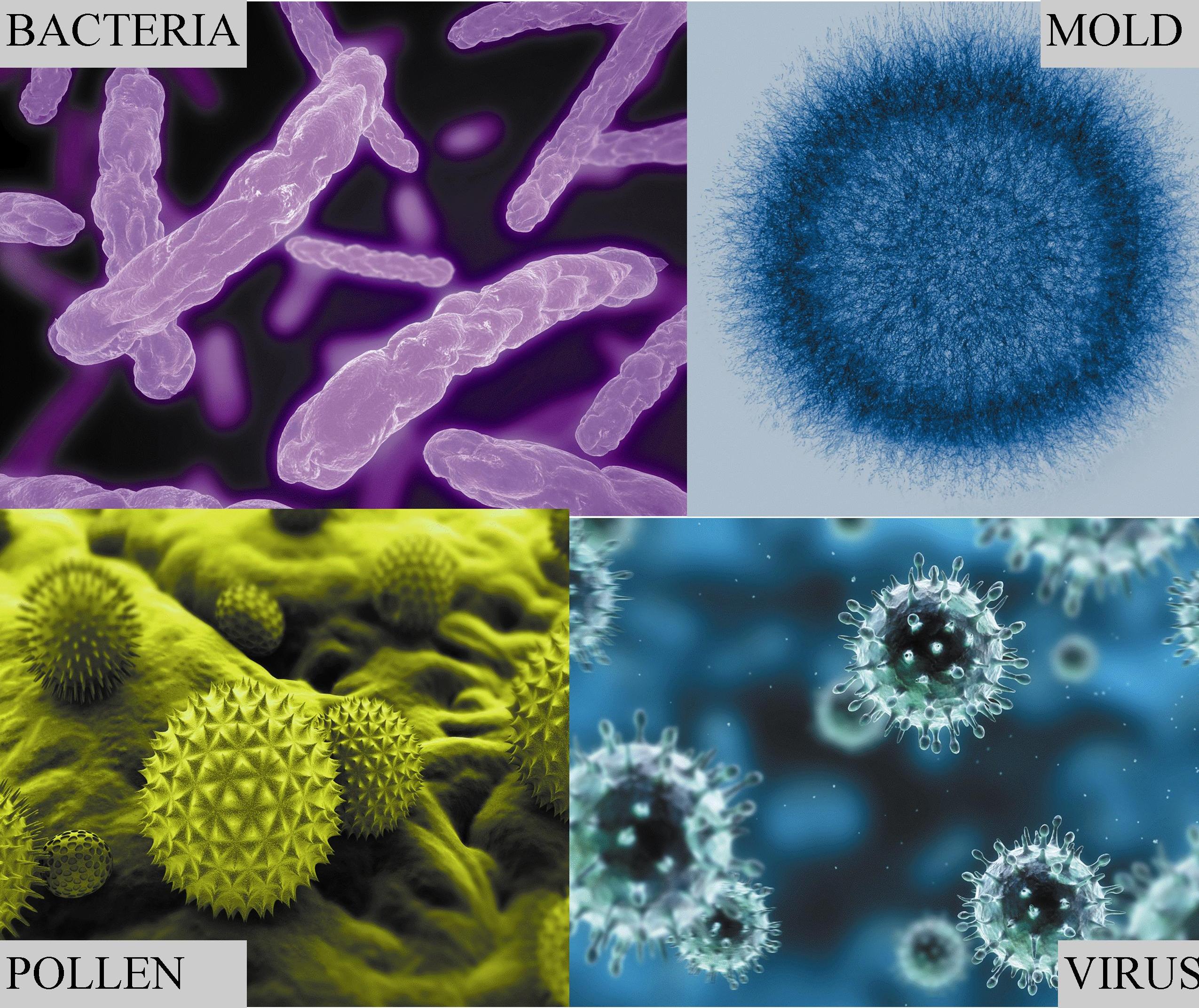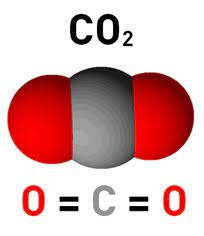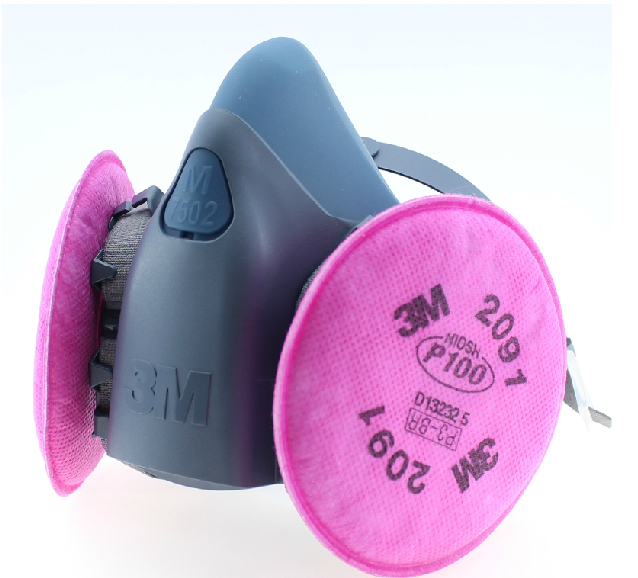Nuclear Radiation Testing: Commercial Steel, Recycled Materials, Imported Metals, Potentially Radioactive Contaminated Materials
214.912.4691
ScanTech Technical Consulting has had years of experience with radiation testing materials from small pieces of suspect product to large shipping containers and large property area assessments such as scrapyards and metal recycling centers.
Training has included recent Radiation Safety Officer (RSO) Training and X-Ray Safety Training including experience with medical and biomedical X-Ray equipment, radiation from instrumentation used in research (such as XRD and SEMs) to oil field equipment and scrap metal used by the petroleum industry.
We utilize several different Geiger counters and special scintillation detectors to cover a multitude of materials and scenarios where dangerous radiation may be involved.
NORM: Naturally Occurring Radioactive Materials
TENORM: Technologically Enhanced NORM
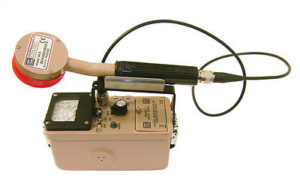
Ludlum Geiger Counter Radiation Meter
INDUSTRIAL X-RAY CABINET / TABLETOP MACHINE SURVEYS
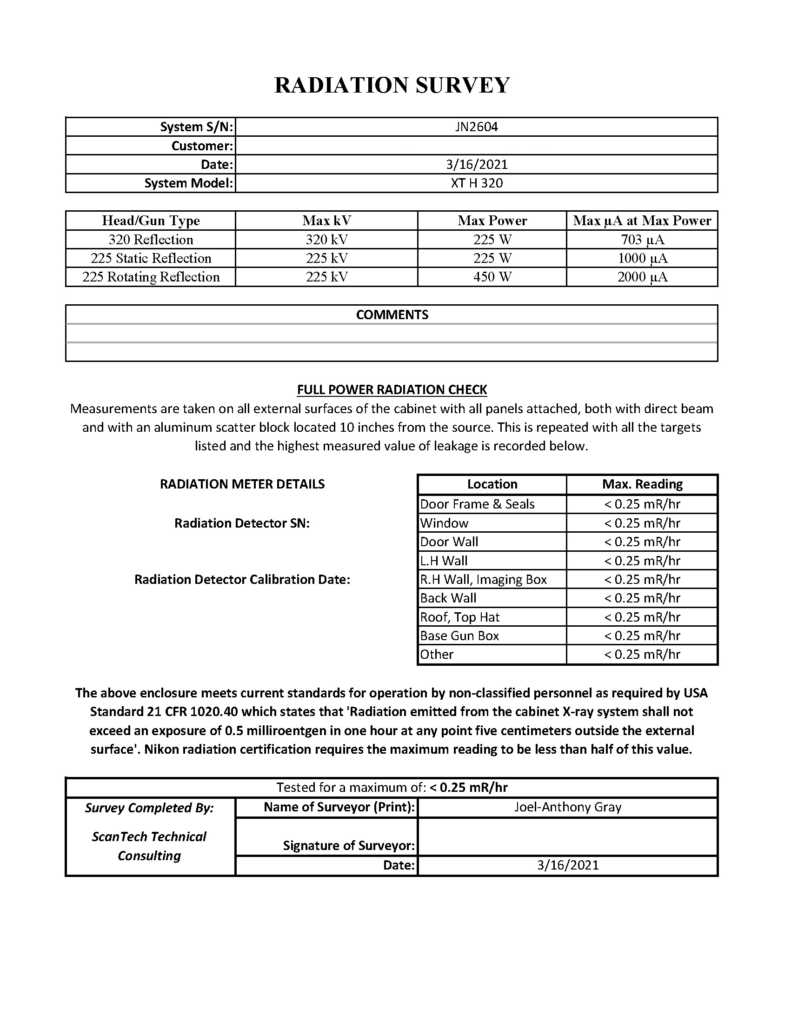
NIKON X-Ray Radiation Survey Form
NIKON Radiation Survey Form SAMPLE ScanTech
MEDICAL RADIATION CONCERNS – ScanTech Performs Radiation Consulting With Hospitals, Medical Facilities & Doctors
https://rosettaradiology.com/rosetta-radiology-blog/how-many-x-rays-are-safe-in-a-year/
ADDITIONAL RADIATION MEASUREMENTS AND CONVERSIONS FOR SAFETY GUIDELINES
A large amount of material can have a very small amount of radioactivity; a very small amount of material can have a lot of radioactivity.
For instance, uranium-238 has 0.00015 curies of radioactivity per pound (0.15 millicuries), while cobalt-60 has nearly 518,000 curies per pound.
In the International System of units (SI), the becquerel (Bq) is the unit of radioactivity. One Bq is 1 disintegration per second (dps). One curie is 37 billion Bq, so for convenience the following conversions are given.
1 MBq (27 microcuries)
1 GBq (27 millicuries)
37 GBq (1 curie)
1 TBq (27 curies)
RADIATION MEASUREMENTS BY TYPE
Radioactivity
Absorbed Dose
Dose Equivalent
Exposure
Common Units
curie (Ci)
rad
rem
roentgen (R)
SI Units
becquerel (Bq)
gray (Gy)
sievert (Sv)
coulomb/kilogram (C/kg)
RADIATION LEVELS & SAFETY
Ionizing vs. Non-Ionizing Radiation
Annual Radiation Dose Calculator
Rem ( Roentgen Equivalent Man) is the unit of Dose (actually absorbed taking biological effects into account)
Rad (Roentgen Absorbed Dose) is simply the actual amount of radiation absorbed
Rem = Rads x Quality Factor (QF)
where the Quality Factor depends on the type of radiation. Heavy particles as alphas have a QF of 20, neutrons have a QF of 3-10 depending on the energy of the neutrons. Betas and gammas have a QF of 1.
1 Rem increases the chance of eventually developing cancer by 0.055%
The amount of ionizing radiation, or ‘dose’, received by a person is measured in terms of the energy absorbed in the body tissue, and is expressed in gray . One gray (Gy) is one joule deposited per kilogram of mass.
Equal exposure to different types of radiation expressed as gray do not however necessarily produce equal biological effects. One gray of alpha radiation, for example, will have a greater effect than one gray of beta radiation. When we talk about radiation effects, we therefore express the radiation as effective dose, in a unit called the Sievert (Sv).
1 Rem = .01 Sieverts
A former unit of (radio)activity is the Curie: 1 Bq is 27 x 10 -12 Curies
CONVERSION EQUIVALENCE
1 curie = 3.7 x 10^10 nucleus disintegrations per second
1 becquerel = 1 nucleus disintegration per second
1 millicurie (mCi) = 37 megabecquerels (MBq)
1 rad = 0.01 gray (Gy)
1 rem = 0.01 Sievert (Sv)
1 roentgen (R) = 0.000258 coulomb/kilogram (C/kg)
1 megabecquerel (MBq) = 0.027 millicuries (mCi)
1 gray (Gy) = 100 rad
1 Sievert (Sv) = 100 rem
1 coulomb/kilogram (C/kg) = 3,880 roentgens
Radiation Exposure & Health Effects
Title 10 Code of Federal Regulations Part 20 (10CFR20) is the NRC regulation governing radiation protection at a nuclear power plant. This regulation imposes requirements on such important items as annual allowed radiation exposure, radiation protection methods, radioactive releases, and records.
Adult workers may receive a whole body dose 5 Rem per year; minors are restricted to 0.5 Rem per year; pregnant women are restricted to 0.5 Rem during the term of the pregnancy (for protection of the embryo). For comparison, actual physical effects (minor blood changes) from radiation exposure are not expected until a person receives 25 Rem in a short period of time. Higher eye and extremity doses are allowed because these have less effect than on that part of the body containing blood-forming organs.
However there is no scientific evidence of risk at doses below about 50 milliSieverts in a short time or about 100 milliSieverts (mSv) per year. At lower doses and dose rates, up to at least 10 milliSieverts per year, the evidence suggests that beneficial effects are as likely as adverse ones.
High radiation areas are those where a person could receive more than 100 milliRem in an hour.
At a nuclear plant, areas containing radioactive materials may be classified according to radiation level, contamination level, and airborne radioactivity level. Unrestricted areas are those where a person could expect to receive less than 500 milliRem in a year.
Background radiation levels are typically around 300 milliRem per year. In some areas of the world, background levels can reach as high as 15,000 milliRem
Naturally occurring background radiation is the main source of exposure for most people. Levels typically range from about 1.5 to 3.5 milliSievert per year but can be more than 50 mSv/yr. The highest known level of background radiation affecting a substantial population is in Kerala and Madras States in India where some 140,000 people receive doses which average over 15 milliSievert per year from gamma radiation in addition to a similar dose from radon. Comparable levels occur in Brazil and Sudan, with average exposures up to about 40 mSv/yr to many people.
Several places are known in Iran, India and Europe where natural background radiation gives an annual dose of more than 50 mSv and up to 260 mSv (at Ramsar in Iran). Lifetime doses from natural radiation range up to several thousand milliSievert. However, there is no evidence of increased cancers or other health problems arising from these high natural levels.
The ICRP recommends that the maximum permissible dose for occupational exposure should be 20 milliSievert per year averaged over five years (ie 100 milliSievert in 5 years) with a maximum of 50 milliSievert in any one year. For public exposure, 1 milliSievert per year averaged over five years is the limit. In both categories, the figures are over and above background levels, and exclude medical exposure.

Radiation Exposure Comparison for Cancer Risk
Radioactivity of some natural sources and other materials (in Becquerels)
1 adult human (100 Bq/kg) 7000 Bq
1 kg of coffee 1000 Bq
1 kg superphosphate fertiliser 5000 Bq
The air in a 100 sq metre Australian home (radon) 3000 Bq
The air in many 100 sq metre European homes (radon) 30 000 Bq
1 household smoke detector (with americium) 30 000 Bq
Radioisotope for medical diagnosis 70 million Bq
Radioisotope source for medical therapy 100 000 000 million Bq
1 kg 50-year old vitrified high-level nuclear waste 10 000 000 million Bq
1 luminous Exit sign (1970s) 1 000 000 million Bq
1 kg uranium 25 million Bq
1 kg uranium ore (Canadian, 15%) 25 million Bq
1 kg uranium ore (Australian, 0.3%) 500 000 Bq
1 kg low level radioactive waste 1 million Bq
1 kg of coal ash 2000 Bq
1 kg of granite 1000 Bq
Radiation Levels & Health Effects
The following table gives an indication of the likely effects of a range of whole body radiation doses and dose rates to individuals:
10,000 mSv (10 Sieverts) as a short-term and whole-body dose would cause immediate illness, such as nausea and decreased white blood cell count, and subsequent death within a few weeks.
Between 2 and 10 Sieverts in a short-term dose would cause severe radiation sickness with increasing likelihood that this would be fatal.
1,000 mSv (1 Sievert) in a short term dose is about the threshold for causing immediate radiation sickness in a person of average physical attributes, but would be unlikely to cause death. Above 1000 mSv, severity of illness increases with dose.
If doses greater than 1000 mSv occur over a long period they are less likely to have early health effects but they create a definite risk that cancer will develop many years later.
Above about 100 mSv , the probability of cancer (rather than the severity of illness) increases with dose. The estimated risk of fatal cancer is 5 of every 100 persons exposed to a dose of 1000 mSv (ie. if the normal incidence of fatal cancer were 25%, this dose would increase it to 30%).
50 mSv is, conservatively, the lowest dose at which there is any evidence of cancer being caused in adults. It is also the highest dose which is allowed by regulation in any one year of occupational exposure. Dose rates greater than 50 mSv/yr arise from natural background levels in several parts of the world but do not cause any discernible harm to local populations.
20 mSv/yr averaged over 5 years is the limit for radiological personnel such as employees in the nuclear industry, uranium or mineral sands miners and hospital workers (who are all closely monitored).
10 mSv/yr is the maximum actual dose rate received by any Australian uranium miner.
3-5 mSv/yr is the typical dose rate (above background) received by uranium miners in Australia and Canada.
3 mSv/yr (approx) is the typical background radiation from natural sources in North America, including an average of almost 2 mSv/yr from radon in air.
2 mSv/yr (approx) is the typical background radiation from natural sources, including an average of 0.7 mSv/yr from radon in air. This is close to the minimum dose received by all humans anywhere on Earth.
0.3-0.6 mSv/yr is a typical range of dose rates from artificial sources of radiation, mostly medical.
0.05 mSv/yr , a very small fraction of natural background radiation, is the design target for maximum radiation at the perimeter fence of a nuclear electricity generating station. In practice the actual dose is less.
RADIATION SOFTWARE LINK
http://www.philrutherford.com/radiation_software.html
RADIATION HARDNESS OF ELECTRONIC CIRCUITRY
http://lhcb-elec.web.cern.ch/lhcb-elec/html/radiation_hardness.htm
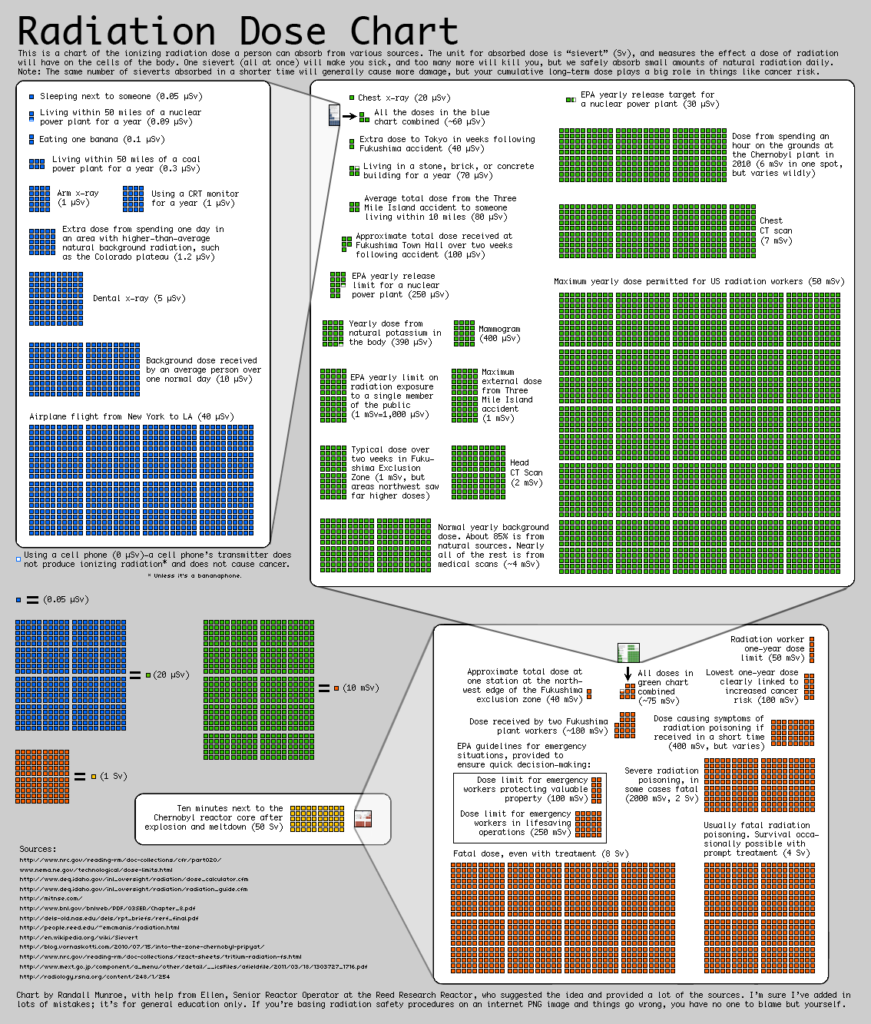
Radiation Level Dose Chart
CONCERNS ABOUT RADIOACTIVITY RELATED CONTAMINATION OF IMPORTED VEHICLES FROM FUKUSHIMA DISASTER OR OTHER NUCLEAR ACCIDENTS?
http://agreenroad.blogspot.com/2014/01/fukushima-radiation-contaminated-cars.html
We can scan vehicles, scrap metal or whatever concern you have for potentially dangerous radioactive materials.
RADIATION TESTING REFERENCE FAQ
Office of Waste – TCEQ Radioactive Materials
Naturally Occurring Radioactive Materials (NORM) TX Radiation Regulations 259fn99
Radiation Safety Manual TCEQ Referenced
NORM Naturally Occuring Radiation Measurements
Texas Department of State Health Services on Radon Gas (for other links about Radon Gas FAQ, check the Navigation bar to the left)
https://www.dshs.state.tx.us/radiation/radon.aspx
GRANITE COUNTERTOPS & RADIOACTIVITY FAQ
Q. Are granite or other natural stone counter-tops / tile / flooring a health hazard?
A. Possibly. (see below for more detail)
Most granite, marble and many other types of stone do contain noticeably higher levels of radiation. How much more depends on exactly how the stone was formed, where it was quarried from and the types of mineral inclusions that are present.
What constitutes a health hazard is a material with enough additional radioactivity beyond normal to elevate medical risk. To some extent this is subject to conjecture, and while ScanTech does not advocate fear-mongering, we also believe that a consumer has a right to an informed choice as to what they and their families are exposed to.
Q. What is background radiation?
A. Ionizing background radiation is everywhere – in the earth, from the sun, exposure to medical X-Rays, high altitude commercial flights will increase your dosage of cosmic rays, etc. Unless you want to live in a lead lined vault, you cannot reasonably get away from all forms of radiation.
Q. What levels are typical?
A. Normal background radiation levels vary from 0.03 – 0.31 microSieverts per hour. (a tissue radiation dosage measurement) Typical gamma measurements are from 6 – 12 micro Roentgens / hr.
Q. What levels are dangerous?
A. From the limited research I have done, 50 milliSieverts per year is conservatively the lowest dose at which there is any discernible, elevated risk of cancer in adults. In my own NON-MEDICAL OPINION, I would consider 16 X normal background levels as being the threshold of concern.
This would translate to approximately 1.92 microSieverts per hour. In general, any radiation not used for specific and medical purposes in a controlled fashion isn’t healthy, but there is the concept of comparative risk.
Q. How long and how much experience do have in measuring granite samples?
A. Over a decade of experience testing slabs, installed natural stone tops and warehouses including the correlation between mildly radioactive stone and radon gas emissions.
Q. What levels are you finding in granite and other natural stone samples?
A. So far I have gotten up to 0.80 microSievert per hour which is more than 3 X background. But according to others who have done more extensive studies, they are finding up to 3 % of the stone they have tested are 100 X normal. (which is well above the threshold of concern that I noted above)
Q. Do you consider this a reason for concern – enough to pay for a survey?
A. While the odds are against you buying a large quantity of a dangerous rock, I have found that my clientele are more than happy to pay the relatively small fee of testing in exchange for peace of mind.
CHP (Certified Health Physicist) Resources
The Health Physics Society: Organization of Scientists Specializing in Radiation Protection Information:
State of Texas Chapter of the Health Physics Society
American Board of Health Physics – American Academy of Health Physics
National Registry of Radiation Protection Technologists (NRRPT)
Radiation Safety Educational Resources for the CHP (Certified Health Physicist) Designation
Radiation Shielding & Protection
Half and Tenth Layer Radiation Shielding
EHS100.02 – Radiation Survey Meter Policy and Operation
CH. 7 Radiation Measurements-Dose Calculations and System Design for X-Rays
An excerpt regarding cosmic ray exposure during airline travel:
Dr. Goans, I was a student of yours last spring and I had a question raised about potential DNA damage from cosmic ray radiation exposure from airline travel.
1) One person is traveling for 46 hours in one week
2) Another person is visiting 5 countries in one week
3) An individual vomited after traveling over the Arctic pole.
They want to know if there is a way to blood test before and after to estimate exposure.
My thoughts are that while the dosage is significant at flight altitudes, the only practical way was to use a datalogging Geiger counter (such as the Gamma Scout) in flight as blood counts would probably fall within normal variations and only shows up in the case of much higher exposures related to Acute Radiation Syndrome.
However, I understand Berkeley has come up with a relatively fast blood test, but not sure if it is applicable for longer, low level exposures. I looked up the article and it seems to pertain to NASA lunar / interplanetary travel (not airline):
https://www.angelo.edu/content
In class I recall that a lot of the blood cell types such as thrombocytes, neutrophils, etc. can take days or weeks to rise and / or bottom out from ARS. (which I am sure this would not fall under)
Would the levels from cosmic radiation at jet altitude be too low for dicentric counts? (I’m thinking it would)
Also, any vomiting after air travel are probably more related to motion sickness, airline food, airborne virus, etc. rather than cosmic radiation as the dosage is much too low for ARS related emesis.
If they are concerned about radiation damage, (one person is planning on having kids) at the worst, I suggest prophylactic measures such as taking Vitamin E before, during and after the travels.
An online calculator shows 0.1 gray = 100 millisievert and I recall that 0.1 gray is about the threshold for reproductive effects on unborn fetuses and the average airline crew member gets about 5 – 6 milliSieverts per year.
Dr. Goans Response:
“No blood test at these low radiation dose levels; we would not want to do this anyway. Airlines would have a fit. I will look at the article.
At doses starting ~ 0.75 Gy (75 rad), you begin to see blood changes, lymphocytes are the most sensitive. No blood changes I am aware of at doses one would receive from airplane flight. The last time I measured my dose with the Gamma Scout, I got 3-4 mrad, about 1/3 of an x-ray dose. Now astronauts get a considerably higher dose because of the high Z cosmic rays and I plan to propose to work with NASA on this.
The dose at normal flight altitudes is too low for dicentrics. The threshold for dicentrics here at our Oak Ridge lab is about 10 rad.
My thoughts on pregnancy would be not to worry; there have been no documented effects at these doses. Vit E wouldn’t hurt, but not necessary. It is, however, an issue with flight crews who might make one or more long-haul flights per week. Some have proposed that they be classified as rad workers and held to the rad limit. Now they are held to 100 mrem per year, the population limit.
I have taken the Gamma Scout on flights and it gets a great reaction from the flight attendants.”
